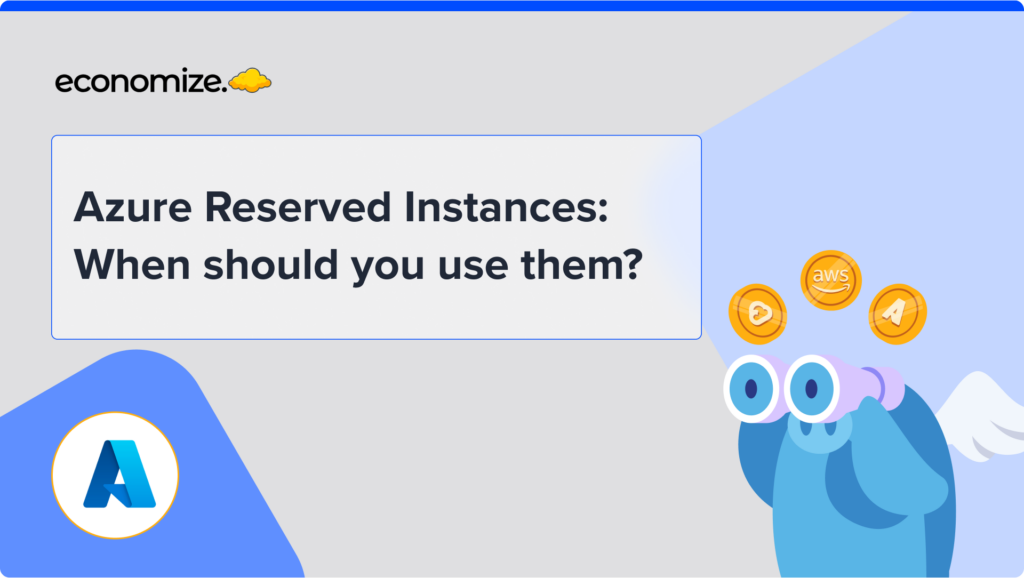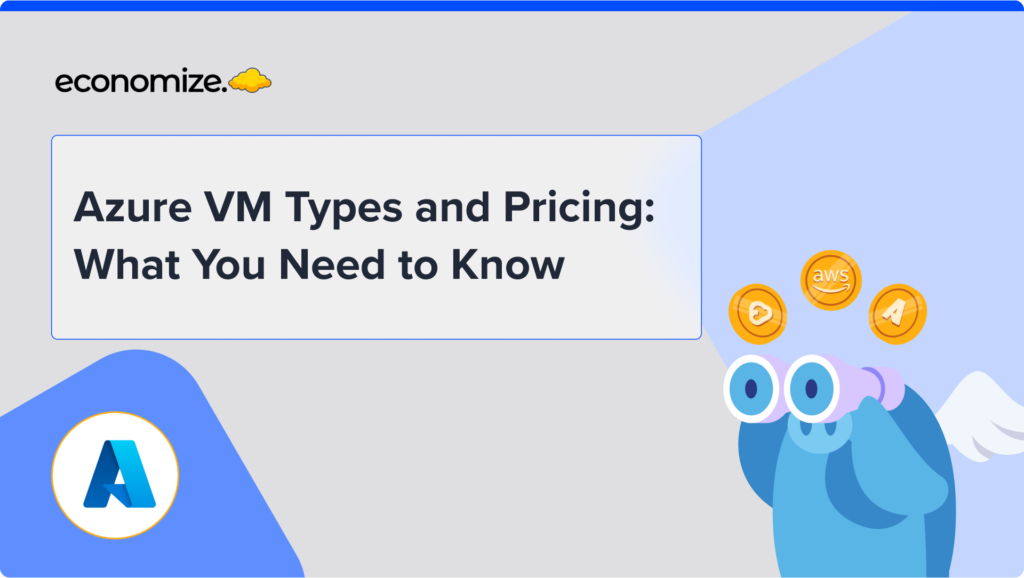Do you want to analyze your open-source data and analytics more quickly? Google offers a solution in the form of Cloud Dataproc. It is a cloud-based service that allows users to execute Apache Hadoop and Apache Spark workloads. It is intended to make managing and processing huge datasets simple for users.
Dataproc is extremely scalable, allowing customers to set up clusters of compute machines to analyze their data rapidly and simply. It also connects with other Google Cloud services, such as Google BigQuery and Google Cloud Storage, making data storage, processing, and analysis a breeze. Dataproc is an appealing alternative for enterprises that need to handle massive volumes of data fast and cost-effectively.
In this article, we will learn how to use Dataproc and optimize its cost for high volume workloads.
Benefits of Dataproc:
Let’s see some potential benefits of using Dataproc include the following:
- Scalability: Dataproc allows users to easily spin up and down clusters of compute instances, making it easy to scale their data processing capabilities as needed.
- Integration with other Google Cloud services: Dataproc integrates with other Google Cloud services, such as Google BigQuery and Google Cloud Storage, making it easy to store, process, and analyze data.
- Cost-effectiveness: Dataproc is a cloud-based service, so users only pay for the resources they use. This can help organizations save money compared to running their own on-premises data processing infrastructure.
- Managed service: Dataproc is a managed service, which means that Google takes care of the underlying infrastructure and handles tasks such as patching and updating the software. This frees users to focus on their data and their applications, rather than worrying about maintaining the underlying infrastructure.
- Support for popular data processing frameworks: Dataproc supports popular data processing frameworks such as Apache Hadoop, Beam, and Spark allowing users to easily run a wide range of data processing workloads.
Getting started with Dataproc:
Let’s create a Dataproc Cluster, first find Dataproc in the navigation menu and click on a cluster, then it will ask to Enable Dataproc, after that you will be able to create the cluster.

Once you click “Create Cluster”, it gives you the option to select Cluster Type, Name of Cluster, Location, Auto-Scaling Options, and more. There are three types of clusters: Standard, Single Node, and High Availability.
The Standard cluster consists of 1 master and N worker node. This Single Node has only 1 master and 0 worker nodes. For production purposes, you can always opt for the High Availability cluster.
For this learning purpose, a single node cluster is sufficient which has only 1 master Node.

As we’ve selected the Single Node Cluster option, this means the auto-scaling is disabled as the cluster consists of only 1 master node.
The Configure Nodes option allows us to select the type of machine families like Compute Optimized, GPU, and General-Purpose.
Here, we’ll be using the General-Purpose machine option. From here, you can choose Machine Type, Primary Disk Size, and Disk-Type options. We are trying to use the most basic configuration for this blog you may choose as per your requirement.

Next move to Customize Cluster option and select the default network configuration:

Here we will use the default security option by Google. Click “Create”, it’ll start creating the cluster. After a few minutes, the cluster will be ready for use.

Working on Spark and Hadoop becomes much easier if you’re using Dataproc.
Understanding Dataproc Pricing & Costs
Dataproc pricing depends upon the size of clusters and the duration of time that they run. The size of a cluster is based on the number of virtual CPUs (vCPUs) across the entire cluster, including the master and worker nodes. The duration of a cluster is the time duration between cluster creation and cluster stopping or deletion.
The Dataproc pricing formula is:
$0.010 * n of vCPUs * duration
Although the pricing formula is expressed as an hourly rate, but Dataproc is billed by the second, and all clusters are billed in one-second clock-time increments, subject to a 1-minute minimum billing.
Pricing example
Consider a cluster that has the following configuration:
| Item | Machine Type | Virtual CPUs | Attached persistent disk | Number in cluster |
|---|---|---|---|---|
| Master Node | n1-standard-4 | 4 | 500 GB | 1 |
| Worker Nodes | n1-standard-4 | 4 | 500 GB | 5 |
This cluster has 24 vCPUs, 4 for the master and 20 for the workers. If the cluster runs for 2 hours, then Dataproc pricing would be this by using the following formula:
Dataproc charge = # of vCPUs * hours * Dataproc price = 24 * 2 * $0.01 = $0.48
Dataproc Cost Optimization Strategies
There are several strategies that organizations can use to optimize their costs when using Dataproc. Some potential strategies include:
- Use preemptible instances: Preemptible instances are computed instances that are available at a discounted price but can be terminated by Google when more capacity is needed. Using preemptible instances can help organizations save money on their Dataproc costs.
- Use custom machine types: Dataproc allows users to create custom machine types with the specific number of vCPUs and the amount of memory they need. Using custom machine types can help organizations avoid paying for more resources than they need, which can help them save money.
- Use automatic scaling: Dataproc allows users to set up automatic scaling, which automatically adds or removes compute instances based on the workload. This can help organizations ensure that they always have the right amount of resources to process their data, without wasting money on idle instances.
- Use the right storage options: Dataproc allows users to choose from different storage options, such as standard storage, which provides lower-cost storage for infrequently accessed data, and SSD-backed storage, which provides faster storage for data that needs to be accessed frequently. Choosing the right storage options can help organizations save money on their Dataproc costs.
- Use the right data processing tools: Different data processing tools, such as Apache Spark and Apache Flink, can have different costs and performance characteristics. Choosing the right tools for the specific workload can help organizations save money on their Dataproc costs.
Conclusion
Considering these for managing Dataproc in your application will definitely help you to save money. The best long-term strategy is to establish a Finops practice within your company. Economize is committed to the idea of making your cloud spending simpler and noise-free to help engineering teams like yours understand and optimize it. Get started today with a personalized demo for your organization.








